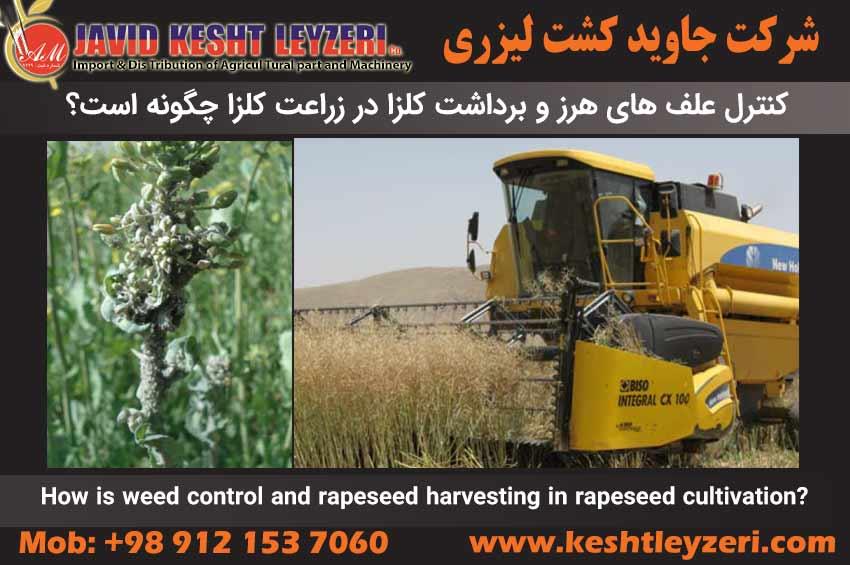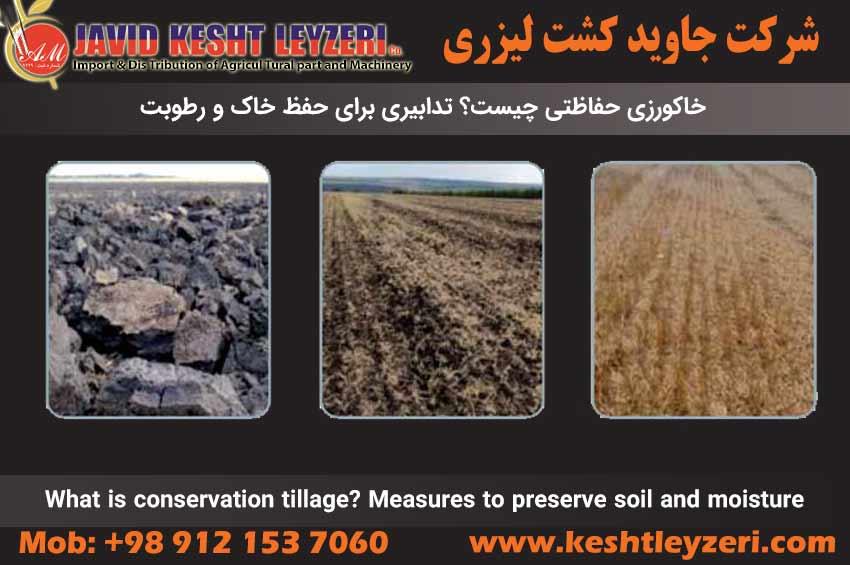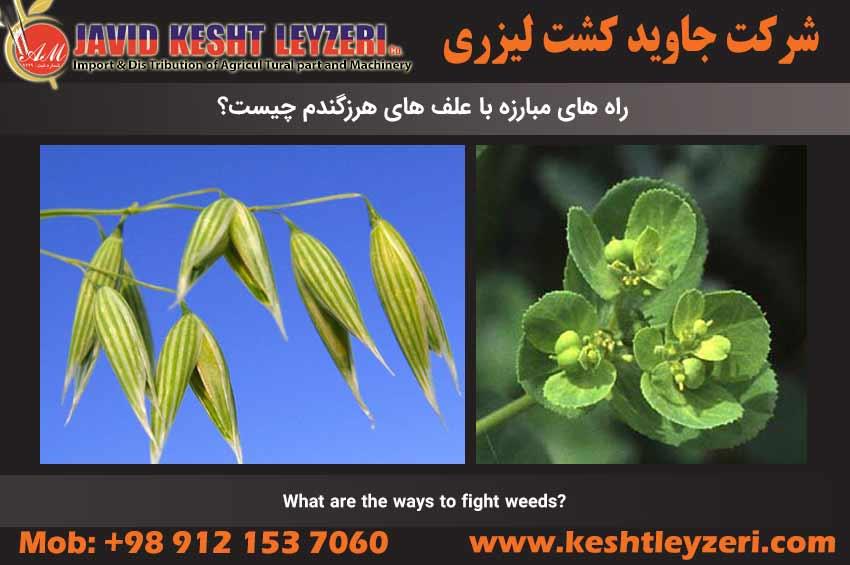- 15 Dec 2023
- 1910
How is weed control in rapeseed cultivation?
Rapeseed is a plant with broad and autumnal leaves, which, due to the lack of common pests and diseases with wheat and other cereals, is a suitable plant for crop rotation with wheat and barley. Among the benefits of rapeseed in rotation, we can mention the control of foot disease, reduction of weed population, increase of soil organic matter, etc. So that wheat will have a 15-20% increase in yield after rapeseed. Time management is very important in rapeseed cultivation, and observing the planting date is one of the main factors in the successful production of rapeseed. It is necessary to apply fertilizer, irrigation and fight against aphids at the recommended times. Weeds are also among the factors that, in addition to reducing the yield, may also reduce the quality of the product.
- 10 Dec 2023
- 1721
What is rapeseed? What are the benefits of rapeseed cultivation?
The important features of canola include a high oil content in its seeds, its fall growth cycle (in comparison to summer oilseed plants such as sunflower and soybeans), and its ability to thrive in various climatic conditions. Cultivation of this plant is carried out in many regions around the world due to its agricultural, economic, and environmental advantages.
- 05 Dec 2023
- 1039
What is conservation tillage? Measures to preserve soil and moisture
Considering the low rainfall conditions in our country and the importance of maintaining soil moisture, conservation tillage is very important, especially during periods of drought. It is necessary to choose tillage methods that preserve the maximum amount of plant residues on the soil surface in order to preserve soil moisture and protect our country's environment from the unfavorable effects of climatic conditions.
- 03 Dec 2023
- 1091
What are the ways to fight weeds?
A weed is a plant that grows uninvited inside crops. These plants can increase plant pests and diseases, and in some temperate regions, their damage is estimated up to 15% of the total crop.




